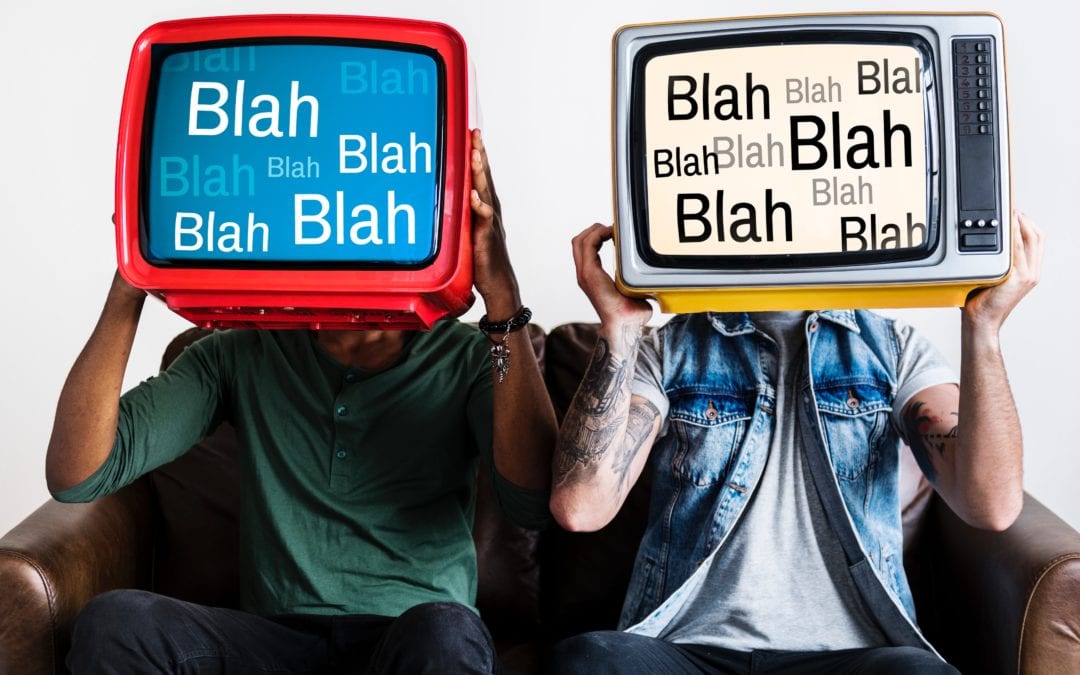Subtitles – helpful or distracting?
In the worlds of Netflix and Amazon Prime Video, audiovisual aids are indispensable and so is subtitling. Even though the North American film industry is the third largest film industry worldwide, Canadians and other English-speaking populations would be missing out on some great movies and TV series if subtitles were not available.
However, the quality and the use of multilingual subtitles are often subject to polarizing discussions. Statements such as: “Subtitles only serve to distract the viewer!” and “Subtitles don’t even reflect what the actor is actually saying!” are not unusual. On the other hand, multilingual subtitles open up a whole new world for people who speak different languages. But what requirements are to be considered when subtitling, and what makes ‘good’ subtitles?
Let’s dive into how subtitles are created!
Types of Subtitles
First, what are subtitles exactly? A subtitle is text displayed on screen. It is usually positioned at the top or bottom of the screen and serves to make a movie more accessible and more understandable. The purpose of the subtitle can vary, i.e. depending on the audience it is for. Thus, there are different types of subtitles.
One purpose for subtitles is to provide an understandable version for the deaf or hard of hearing. In that case, the subtitling process does not include a translation. It is mostly the rendering of a spoken dialogue into written form in the same language or the rendering of non-verbal sounds into text form, as in Closed Captioning or Descriptive Text.
Another reason for subtitles is to make written text in a picture understandable to a foreign language audience. Sometimes, written but unspoken text can be crucial to the content of a movie. In this type of subtitling – called inserts – the form of the language does not change: the originally written text is displayed in a written form as well. However, in this case, translation is part of the process. This applies for example to demonstration posters, newspaper headings, warning signs, etc.
Nevertheless, most people associate subtitles with the written, on-screen translation of a dialogue in a foreign language. Here, both processes apply: the transformation from spoken words into written text and the translation from one language into another. However, due to the conditions and requirements of the picture-text-relation, this translation depends on various factors. Keep reading to learn about the particular challenges of subtitling.
Subtitling Challenges
When subtitling, translators face certain challenges that come with the medium of the target text. To cover all of the challenges of subtitling would take more than a blog post, so let’s focus on the temporal and spatial limitations the translator has to consider.
As reading takes more time than listening, subtitles need to be displayed long enough for the reader to follow. On the other hand, subtitles must suit the timing of the images and the respective dialogues, so there are time constraints.
As for spatial requirements, there is only limited space at the bottom or top of the screen and the text will always cover part of the picture. Also, subtitles should always have a readable format and consistent length. Moreover, the text will draw the viewer’s attention away from the picture. This is why the covered part of the screen should be kept to a minimum, so no important information in the picture gets lost.
Text-Reduction Techniques for Subtitling
In order to meet these requirements, translators often must apply text-reduction techniques. There are three ways of reducing subtitle text: to condense the text by cutting out redundant parts while keeping the semantic content, to reduce the text by leaving out parts of the semantic content that can be understood due to the context, or to paraphrase the content with simple syntax, vocabulary and summaries. Sometimes, the image and the sound can help to compensate any semantic content left out of the subtitles.
Either way, when paying attention to these specific requirements and applying the above-mentioned techniques, it becomes obvious that multilingual subtitles cannot always exactly match the original dialogue. In terms of judging the quality of subtitles, the most crucial factor is that the audience can read and understand them immediately, because they will only be displayed for a few seconds. Of course, if compatible with the requirements, it is desirable to keep as much of the original dialogue and semantic content as possible. Still, subtitles are not necessarily ‘bad’ because they deviate from the original script. In fact, sometimes, that’s what makes them ‘good’ subtitles.
Your Way to Perfect Subtitles
We at LingoStar do not only provide regular or certified translation services but also audiovisual translation services such as subtitling and voice-overs. We will make sure that your subtitles are ‘good’ subtitles according to all possible requirements – common ones in the subtitling industry as well as your own particular requirements.
For more information, contact us by calling 604-629-8420 or emailing info@lingo-star.com to discuss your next language-related project. You can also request a free quote via our website. We are here to help!

















